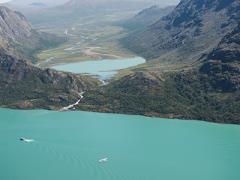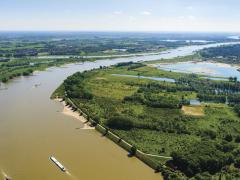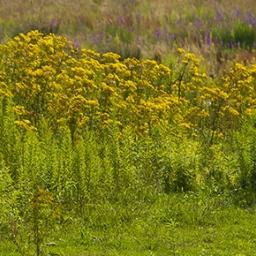How deep is your love – Of nature? A psychological and spatial analysis of the depth of feelings towards Dutch nature areas
The most binding nature protection policy in the Netherlands and EU primarily designates areas based on ecological value, ensuring their sustained protection. Of less concern to these policies are the current and future needs of the average citizen. In this paper we mapped attractive nature areas and examined reasons of attractiveness.
Mapping attractive areas
Through an online participatory GIS survey (Hotspotmonitor), we ask participants to mark the natural place they find most attractive and describe, in their own words, why this is so. We use these ‘double-open’ data, open in the geographical marking as well as open in the reasons for marking, to first map which nature areas the Dutch visitor finds attractive compared to the designated Natura 2000 sites, and then, to identify the distinct emotions reported by visitors, and whether they differ for different nature areas.
Overlap between attractive and Natura 2000 sites
Data show a significant overlap between attractive nature areas and Natura 2000 areas, lending support to the idea that the ecologically healthy nature is seen as attractive. Moreover, that the level of appreciation per nature type seems in general higher inside rather than outside Natura 2000 areas. Challenging the European biodiversity monitor's conclusion that the wider public is not familiar with Natura 2000, our results show that Natura 2000 areas are highly appreciated by the general public and nature conservation supporters. Although the collective hotspot areas show considerable overlap with Natura 2000 area, 39% of the 8908 individually placed markers considered here do not fall within Natura 2000. The legally-binding European nature policy, thus does not automatically protect all of the highest-valued nature areas.
Reasons for attractiveness differs among areas
Content analysis of the open question, “Why is this your favorite place?” identified three major categories: peace & quiet, let’s explore and peak. Peace & Quiet was reported most often and represents the majority emotion in almost every attractive area. However, specific emotion categories emerged in some areas more than others. The Wadden areas, with coastal and rural landscapes, for example showed relatively high levels of Peace & Quiet markers. Explore markers exhibited unique regional representations in several national parks and nature reserves (e.g. the new wilderness area the Oostvaarders plassen), whereas Peak emotions predominantly occurred in remote central and eastern countryside and forested areas. Such information can be used for adopting emotional value as an additional reason for protection of areas.
This article is available on the publisher’s website via restricted access.
Authors
Specifications
- Publication title
- How deep is your love – Of nature? A psychological and spatial analysis of the depth of feelings towards Dutch nature areas
- Publication date
- 8 March 2017
- Publication type
- Publication
- Magazine
- Applied Geography
- Product number
- 2595




